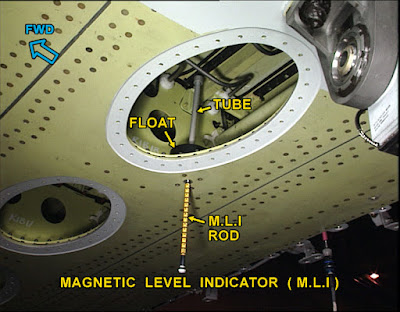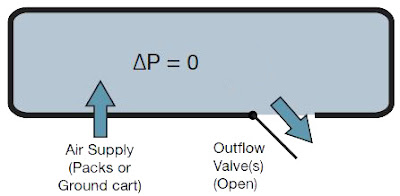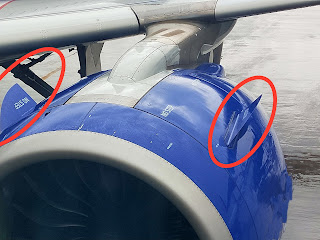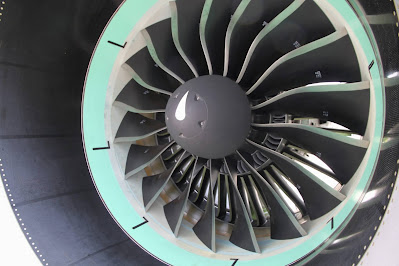Procedure for calculating fuel quantity with help of magnetic fuel level indicator.

Procedure for calculating fuel quantity with help of magnetic fuel level indicator Fig 01 Magnetic Level Indicator (MLI) Please note follow the procedure given in latest revision of AMM. This article is for training purpose. To watch the video of this blog please click on below link https://youtu.be/lxX69vkhu0E To determine fuel quantity in the fuel tank we need to have the information of fuel specific gravity, aircraft attitude and magnetic level indicator reading. Fig 02 MLI Chart Above chart given in AMM which shows the fuel quantity in volume. There is different chart for different MLIs. Always refer correct chart for respective MLI. To determine fuel quantity as per this chart we should have the data of aircraft attitude and magnetic level indicator reading. The three steps for calculating fuel quantity with the help of magnetic fuel level indicator are; Step 01 Determine Fuel specific gravity Step 02 Find o





